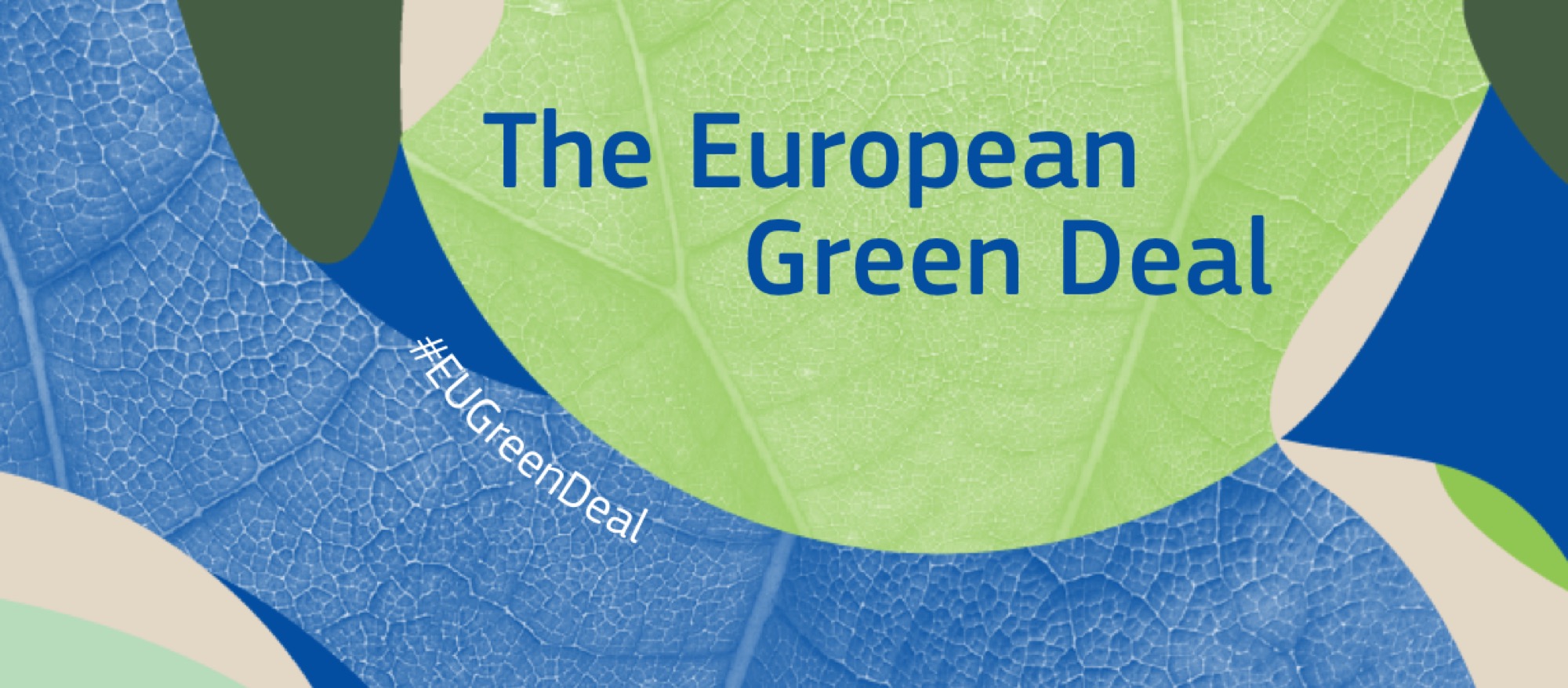European Green Deal

What is it?
On December 11th 2019, the European Commission presented the European Green Deal. This initiative aims at making Europe the first climate-neutral continent by 2050 while also creating an inclusive economy, improving people's health and quality of life, and taking care of the environment. Another objective is to transition towards a resource-efficient economy where growth is not dependent on the use of resources.
What does it do?
The European Green Deal is structured as a set of milestones to tackle climate change in all sectors of the economy, but making emphasis on transport, industry and agriculture. First, it envisions the creation of an European Climate Law to achieve the 2050 climate neutrality objective. Other inputs such as the Biodiversity Strategy 2030 or the Farm to Fork Strategy seek to complement the previous action. Second, the EC presented the Sustainable Europe Investment Plan (2020) to help meet current climate and energy targets in financing needs of at least €260 billion (1.5% GDP 2018). Likewise, the Just Transition Mechanism will support both regions and individuals more exposed to decarbonization and more likely to experience difficulties from the transition towards a new Green economy. Last but not least, the Commission launched a Climate Pact (2020) to confer European citizens a voice in the debate, while ensuring that there is a global response against climate change in international organizations and diplomacy.
Previous EU policies
Back in 1973, the European Commission introduced the first environmental program in order to tackle rising pollution levels, to protect urban and natural environments and to promote awareness of ecological problems. The involvement of the EU experienced another boost with the introduction of health, natural resources and the environment as areas of concern in the Single European Act (1987). As a result, the European Environment Agency was set up in 1990.
The Treaties of Maastrich (1993) and Amsterdam (1999) represented the inclusion of Environment Policy as EU policy area and the development of policies with an environment approach, respectively. In 2001, the EU set minimum standards regarding environmental inspections throughout Member States. Lastly, the European Parliament ratified the Paris Agreement (2015) and the European Parliament declared the "state of environmental and climate emergency" (2019). This opened the door for the Commission to propose the European Green Deal.
Source: EC Website, 2021.
Website(s):
- European Green Deal - Priority of the EU Comission (2019-2024)
- Conference on the Future of Europe - Climate Change and Environment.
- European Climate Pact.
- New European Bauhaus.
Documents:
Videos:
- Green Deal: key to a climate-neutral and sustainable EU
- The European Green Deal explained in 3 minutes (Wind Europe)
- Timeline: European Climate Action (European Parliament)
- Causes and effects of Climate Change (National Geographic).
